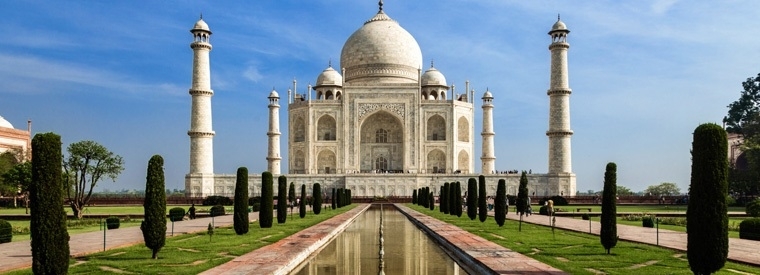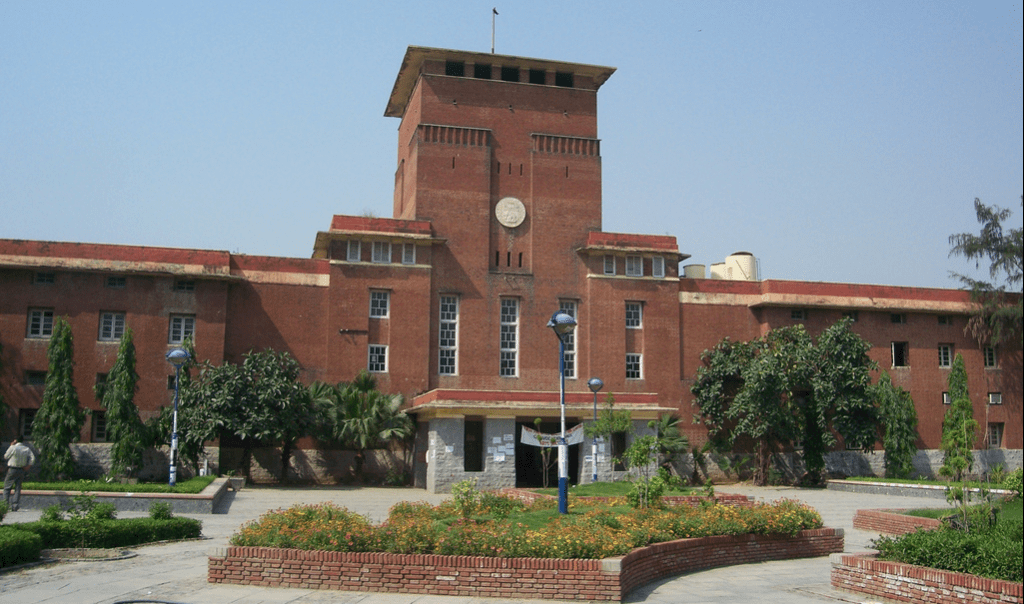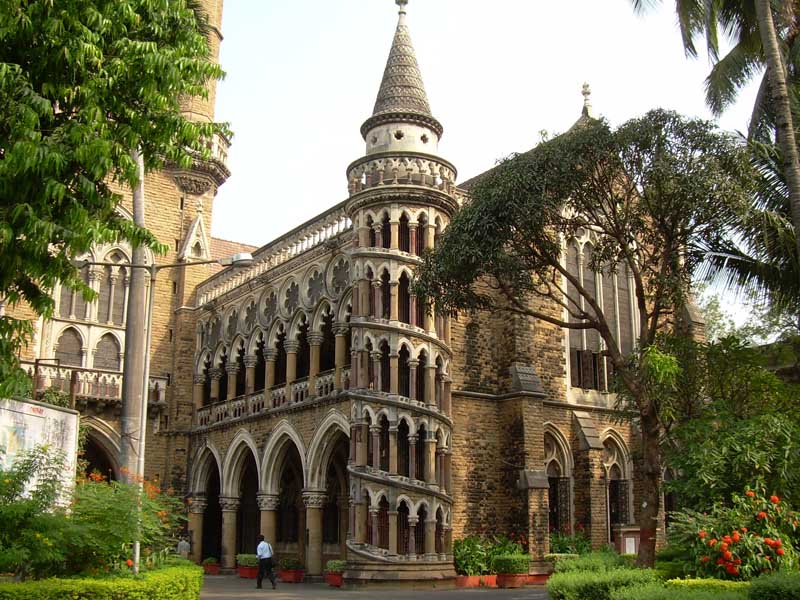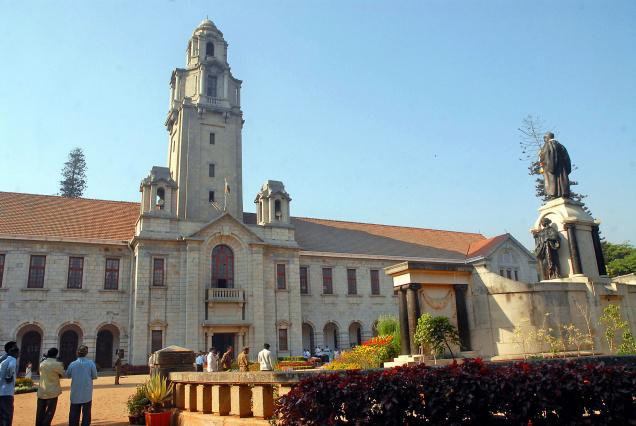
India has traditionally been seen as a country that sends rather than receives international students, but a growing number of students from elsewhere are now choosing to study in India. Indeed, the 2012 Open Doors report from the Institute of International Education found that India had become the 11th most popular country for US students abroad.
With the world’s second largest population (after China), and a fast-growing and ever-more influential economy, it’s unsurprising that India’s higher education system has undergone rapid expansion over the past few decades. It is now one of the largest higher education systems in the world (after China and the US) – and to an outsider, perhaps one of the most complex. There are thousands of universities and colleges to choose from, of many different types, sizes, specializations and origins, some state-run, others private.
Universities in India
India is especially well-known for the quality of its education in engineering and technology subjects, spearheaded by the prestigious and internationally recognized Indian Institutes of Technology (IITs). There are currently 16 of these, around the country, focusing mainly on engineering, technology and science disciplines. The highest-ranked IITs are based in Bombay, Delhi and Madras.
Other highly acclaimed specialist universities in India include the Indian Institute of Science in Bangalore, and the Indian Institutes of Management (IIMs), of which there are 13 spread across the country.
Among India’s comprehensive universities, the highest performing in the QS rankings are the University of Delhi (91st in the QS University Rankings: Asia 2015; 421-430 in the QS World University Rankings® 2014/15), the University of Mumbai (125th in Asia; 551-600 in the world), the University of Calcutta (149th in Asia; 601-650 in the world) and Banaras Hindu University (151-160 in Asia; 701+ in the world).
Delhi University
 The University of Delhi is the premier university of the country and is known for its high standards in teaching and research and attracts eminent scholars to its faculty. The University of Delhi was established in 1922 as a unitary, teaching and residential university by an Act of the then Central Legislative Assembly. The East Campus is being developed with the University College of Medical Science as its nucleus, while the West Campus will have as its focus on Engineering and Technology. When the University Grants Commission started establishing Centres of Advanced Studies in the country, 6 were awarded to the University of Delhi out of a total of 18 such centres in the early sixties. These were in Physics, Chemistry, Botany, Zoology, Economics and Sociology. These Centres of Advanced Studies are now the centres of excellence in teaching and research in their respective areas. In addition, a number of these and other University departments received grants under the Special Assistance Programme of the UGC in recognition of their outstanding academic work. The University has 15 libraries. These are in addition to Libraries in the Colleges.
The University of Delhi is the premier university of the country and is known for its high standards in teaching and research and attracts eminent scholars to its faculty. The University of Delhi was established in 1922 as a unitary, teaching and residential university by an Act of the then Central Legislative Assembly. The East Campus is being developed with the University College of Medical Science as its nucleus, while the West Campus will have as its focus on Engineering and Technology. When the University Grants Commission started establishing Centres of Advanced Studies in the country, 6 were awarded to the University of Delhi out of a total of 18 such centres in the early sixties. These were in Physics, Chemistry, Botany, Zoology, Economics and Sociology. These Centres of Advanced Studies are now the centres of excellence in teaching and research in their respective areas. In addition, a number of these and other University departments received grants under the Special Assistance Programme of the UGC in recognition of their outstanding academic work. The University has 15 libraries. These are in addition to Libraries in the Colleges.Mumbai University
 The University of Mumbai (known earlier as University of Bombay) is one of the oldest and premier Universities in India. It was established in 1857 consequent upon “Wood’s Education Dispatch”, and it is one amongst the first three Universities in India. It is now granted a Five Star status by the National Assessment and Accreditation Council (NAAC). It has two campuses of area 230 acres and 13 acres, with 1.25 million square feet of built-up area, 22 thousand sq. feet of class-rooms and 84 thousand sq feet of laboratory space. It has two post-graduate centers, 354 affiliated colleges and 36 Departments. It has established its name in industrial collaborations and runs various professional courses. At national level, it has excelled in sports, cultural and out-reach activities. In the last five years it has seen 104% increase in under-graduate students, 112% increase in post-graduate students and 147% increase in distance – education students. There is 156% increase in the number of research papers published in International journals. 12 Department/sections are recognized under various national programmes, such as SAP/CAS/DRS/DSA/COSIST/FIST. More than 80 teachers are on various professional bodies. 18 National/International awards are won by teachers in the last five years.
The University of Mumbai (known earlier as University of Bombay) is one of the oldest and premier Universities in India. It was established in 1857 consequent upon “Wood’s Education Dispatch”, and it is one amongst the first three Universities in India. It is now granted a Five Star status by the National Assessment and Accreditation Council (NAAC). It has two campuses of area 230 acres and 13 acres, with 1.25 million square feet of built-up area, 22 thousand sq. feet of class-rooms and 84 thousand sq feet of laboratory space. It has two post-graduate centers, 354 affiliated colleges and 36 Departments. It has established its name in industrial collaborations and runs various professional courses. At national level, it has excelled in sports, cultural and out-reach activities. In the last five years it has seen 104% increase in under-graduate students, 112% increase in post-graduate students and 147% increase in distance – education students. There is 156% increase in the number of research papers published in International journals. 12 Department/sections are recognized under various national programmes, such as SAP/CAS/DRS/DSA/COSIST/FIST. More than 80 teachers are on various professional bodies. 18 National/International awards are won by teachers in the last five years.Indian Institute of Science (IISc) Bangalore
 The Indian Institute of Science (IISc) in Bangalore is a specialist public university ranked 34th in the 2015 edition of the QS University Rankings: Asia. Its specialized nature means it is not included in the overall QS World University Rankings, but it does have a strong presence QS World University Rankings by Subject 2015, ranking among the world’s top universities in 14 subjects. Of these, it performs best (among the top 100 worldwide) for electrical & electronic engineering and materials sciences.
The Indian Institute of Science (IISc) in Bangalore is a specialist public university ranked 34th in the 2015 edition of the QS University Rankings: Asia. Its specialized nature means it is not included in the overall QS World University Rankings, but it does have a strong presence QS World University Rankings by Subject 2015, ranking among the world’s top universities in 14 subjects. Of these, it performs best (among the top 100 worldwide) for electrical & electronic engineering and materials sciences.
Indian Institute of Technology Delhi (IITD)
 Another of India’s leading specialist public institutions is theInstitute of Technology Delhi, often shortened to IITD, which ranks 42nd in the Asian ranking and 235th in the world rankings. Classified by the government as an ‘Institute of National Importance’, the Indian Institute of Technology Delhi has a current enrollment of just under 8,000 students, at its 325-acre campus in the south of the city. The Indian Institute of Technology Delhi is internationally ranked for 11 subjects, performing best (in the top 100 worldwide) for chemical engineering, civil & structural engineering, computer science, electrical & electronic engineering and mechanical engineering.
Another of India’s leading specialist public institutions is theInstitute of Technology Delhi, often shortened to IITD, which ranks 42nd in the Asian ranking and 235th in the world rankings. Classified by the government as an ‘Institute of National Importance’, the Indian Institute of Technology Delhi has a current enrollment of just under 8,000 students, at its 325-acre campus in the south of the city. The Indian Institute of Technology Delhi is internationally ranked for 11 subjects, performing best (in the top 100 worldwide) for chemical engineering, civil & structural engineering, computer science, electrical & electronic engineering and mechanical engineering.
Indian Institute of Technology Bombay (IITB)
 Another of the top IITs, the Indian Institute of Technology Bombay(IITB)ranks 46th in the Asian rankings and 222nd in the world, according to the latest results. Despite its specialized focus, the Indian Institute of Technology Bombay also offers courses in a selection of arts and humanities subjects. Located in the Powai neighborhood in the north-east of Mumbai (formerly known as Bombay), IIT Bombay is one of India’s oldest universities, established in 1958, and is now home to around 8,000 students.
Another of the top IITs, the Indian Institute of Technology Bombay(IITB)ranks 46th in the Asian rankings and 222nd in the world, according to the latest results. Despite its specialized focus, the Indian Institute of Technology Bombay also offers courses in a selection of arts and humanities subjects. Located in the Powai neighborhood in the north-east of Mumbai (formerly known as Bombay), IIT Bombay is one of India’s oldest universities, established in 1958, and is now home to around 8,000 students.Ranked internationally in a total of 13 subjects, the Indian Institute of Technology Bombay does best for art & design, chemical engineering, civil & structural engineering, computer science, electrical & electronic engineering, material sciences, mechanical engineering and statistics.




